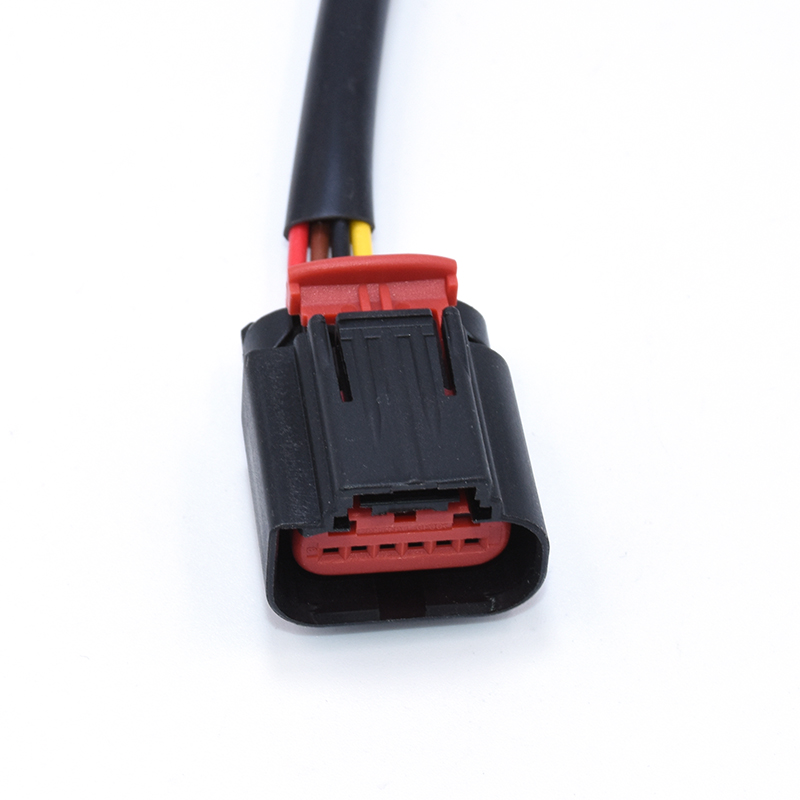Newsroom
In the realm of automotive engineering, every component plays a crucial role in ensuring the seamless operation of vehicles. Among these components, automotive connectors stand out as vital elements that facilitate the smooth transmission of electrical signals and power within the vehicle's intricate system.
Automotive connectors serve as the intermediary between various electronic components, allowing them to communicate effectively and operate in harmony. These connectors come in a variety of shapes, sizes, and configurations to accommodate different requirements within the vehicle. From simple two-pin connectors to complex multi-pin connectors, each serves a specific purpose in the overall functionality of the vehicle.
One of the primary functions of automotive connectors is to establish secure and reliable electrical connections. They must withstand harsh environmental conditions such as temperature fluctuations, vibrations, moisture, and exposure to chemicals. As a result, automotive connectors are designed and manufactured to meet stringent durability and performance standards.
Moreover, automotive connectors play a crucial role in ensuring the safety of the vehicle and its occupants. They are integrated into various safety systems such as airbags, anti-lock braking systems (ABS), traction control, and more. Reliable connectors are essential for these systems to function effectively and respond promptly in critical situations.
In addition to their functional importance, automotive connectors also contribute to the overall efficiency and performance of modern vehicles. By optimizing the flow of electrical signals and power, connectors help reduce energy consumption and enhance the vehicle's fuel efficiency. This not only benefits the environment but also improves the driving experience for consumers.
In conclusion, automotive connectors are indispensable components in modern vehicles, serving essential functions related to electrical connectivity, safety, and performance. As automotive technology continues to advance, the demand for high-quality connectors that can meet the evolving needs of vehicles will only continue to grow.